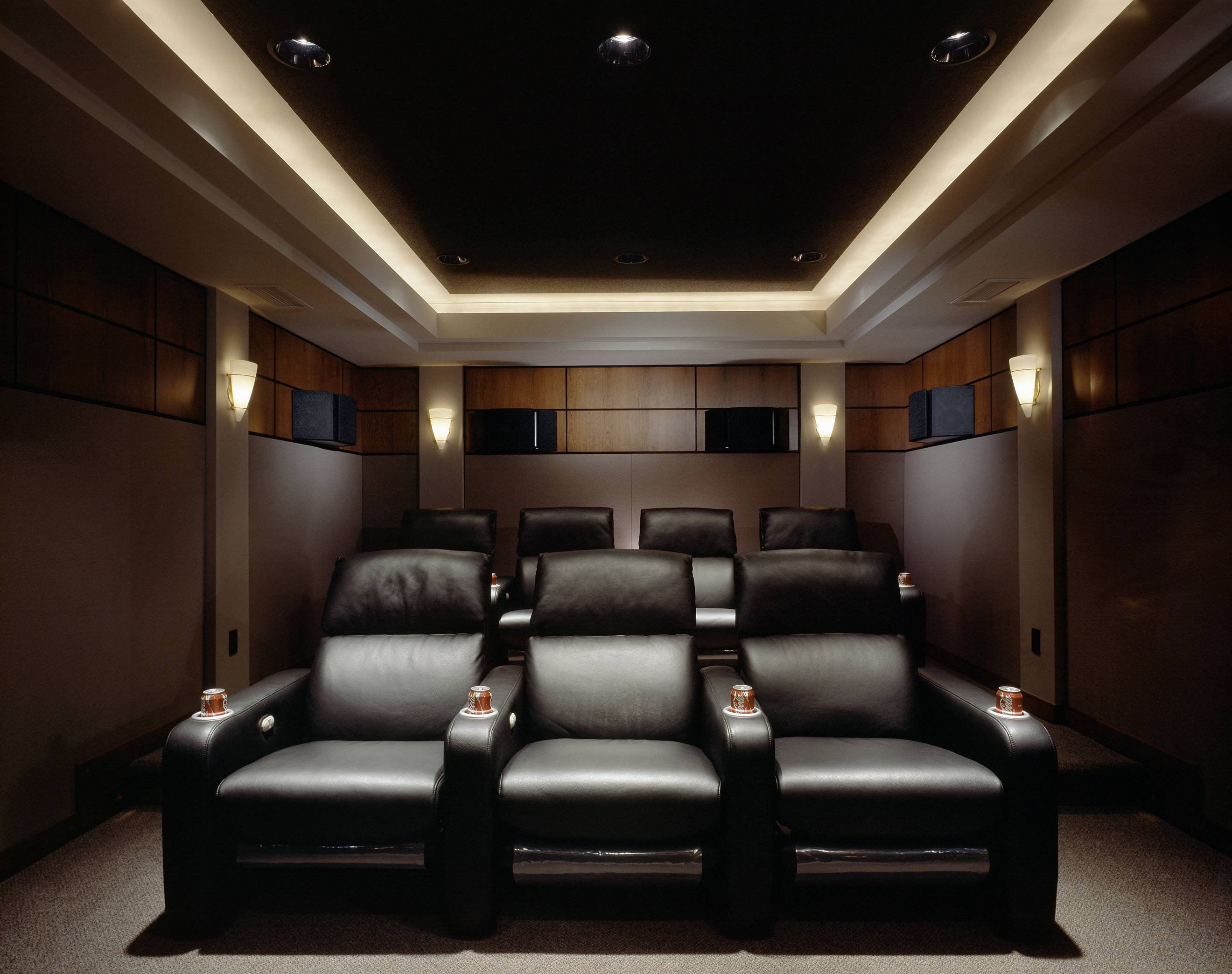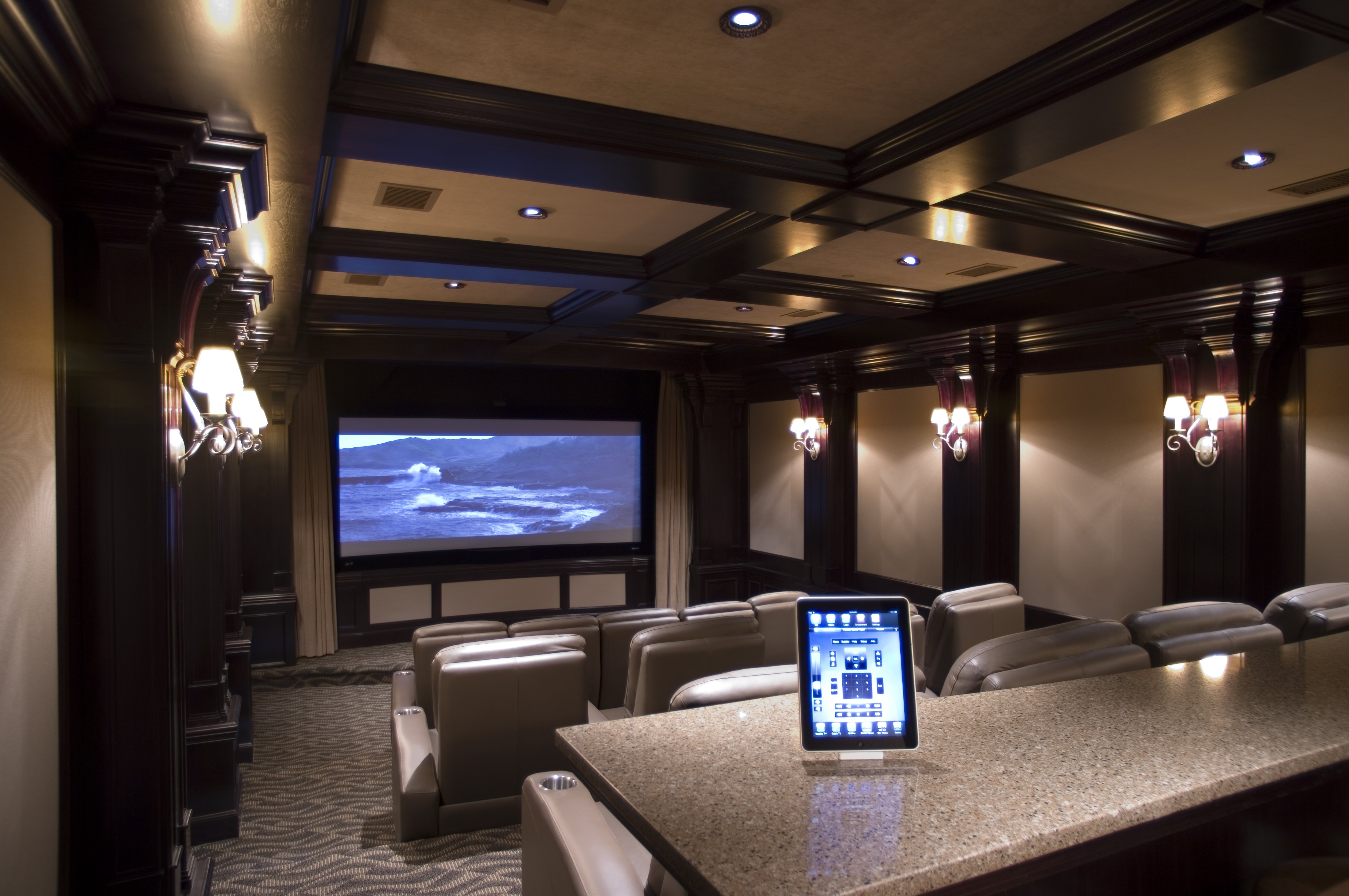
Introduction
Creating the perfect home theater experience is the dream of many movie enthusiasts. With the advancements in technology and the availability of high-quality audio and visual equipment, anyone can transform their living space into a cinematic paradise. In this article, we will explore the various aspects of setting up the perfect home theater, from choosing the right room to selecting the ideal equipment and optimizing the overall cinematic experience.
Choosing the Right Room

The first step in setting up a home theater is selecting the right room. Ideally, you should choose a room that is dedicated solely to your home theater setup, allowing you to control the lighting and acoustics more effectively. However, if you don't have a spare room, you can still create a fantastic home theater in your living room or basement.
Consider the following factors when choosing the room:
- Room size: The size of the room will determine the screen size and seating arrangement. A larger room can accommodate a bigger screen and more seating options.
- Lighting: Look for a room with minimal natural light or the ability to control it. This will prevent glare on the screen and enhance the overall viewing experience.
- Acoustics: Avoid rooms with hard surfaces that cause sound reflections. Carpeted floors and curtains can help absorb sound, creating a more immersive audio experience.
Designing the Layout

Once you have chosen the room, it's time to design the layout of your home theater. This involves determining the placement of the screen, seating arrangement, and speaker placement.
Screen Placement

The screen should be the focal point of your home theater. Consider the following factors when deciding on the screen placement:
- Distance from seating: The distance between the screen and seating area should be appropriate for the screen size and resolution. Too close or too far can strain the eyes.
- Height and angle: The screen should be mounted at eye level when seated. Tilting the screen slightly can improve the viewing experience.
Seating Arrangement
:max_bytes(150000):strip_icc()/movie-playing-on-projection-screen-in-home-theater-915093896-5bdb7eb0c9e77c0026d2970f-52f2860826054782a4fc48b588e441fe.jpg)
The seating arrangement is crucial for a comfortable and immersive movie experience. Consider the following factors when designing the seating layout:
- Optimal viewing distance: The seating should be placed at the right distance from the screen to ensure a comfortable viewing experience. Refer to screen size and resolution guidelines for guidance.
- Seating options: Choose comfortable seating options such as recliners or sofas with ample space for legroom and armrests.
- Seating placement: Arrange the seating in a way that provides a clear view of the screen for every viewer. Avoid blocking the view with pillars or other obstructions.
Speaker Placement

Good audio is essential for a truly immersive home theater experience. Proper speaker placement can enhance the overall sound quality. Consider the following tips:
- Center channel speaker: Place the center channel speaker above or below the screen to ensure clear dialogue and sound effects.
- Front speakers: Position the front speakers on either side of the screen, slightly angled towards the seating area.
- Surround speakers: Place the surround speakers at ear level, facing the seating area. They should be positioned to the sides or slightly behind the viewers.
- Subwoofer: The subwoofer can be placed anywhere in the room, but experimenting with different locations can help achieve the best bass response.
Choosing the Right Equipment

Investing in high-quality audio and visual equipment is crucial for creating a top-notch home theater. Here are some factors to consider when choosing the right equipment:
Television or Projector?

The first decision to make is whether to go for a television or a projector. Both options have their pros and cons, so consider the following factors:
- Screen size: Projectors offer a larger screen size compared to televisions, providing a more immersive experience. However, televisions now come in larger sizes than ever before.
- Room size: Projectors require a dark room to produce the best image quality, whereas televisions can handle ambient lighting better.
- Budget: Projectors tend to be more expensive than televisions, especially when factoring in the cost of a screen and installation.
Audio System

An excellent audio system is essential for a cinematic experience. Consider the following components when choosing an audio system:
- Receiver: A receiver acts as the central hub for your audio system, connecting all the components and optimizing sound quality. Look for a receiver that supports the latest audio formats and has enough channels for your setup.
- Speakers: Invest in high-quality speakers that can reproduce a wide range of frequencies accurately. Consider a combination of floor-standing, bookshelf, and in-wall or in-ceiling speakers for a well-rounded audio experience.
- Subwoofer: A subwoofer is responsible for reproducing deep bass frequencies. Choose a subwoofer that complements your speakers and room size.
Streaming and Media Devices

Streaming and media devices provide access to a vast library of movies, TV shows, and music. Consider the following options:
- Smart TVs: Many modern televisions come with built-in streaming capabilities, allowing you to access popular streaming services directly.
- Streaming devices: Standalone streaming devices, such as Apple TV, Roku, or Amazon Fire TV, can add streaming capabilities to any television or projector.
- Media servers: Media servers, like Plex or Kodi, allow you to organize and stream your personal media library.
Optimizing the Cinematic Experience

Once you have set up your home theater, there are a few additional steps you can take to optimize the cinematic experience:
Calibrating the Display

Properly calibrating the display ensures accurate colors, contrast, and brightness. Consider using a calibration disc or professional calibration tools to achieve the best results.
Room Acoustics
/Home-Theater-With-Sconces-Anderen-Ross-89199792-56a4a0f93df78cf772835259.jpg)
Improving the acoustics of your home theater room can significantly enhance the audio experience. Here are a few tips:
- Acoustic panels: Install acoustic panels on the walls to absorb sound reflections and improve overall sound quality.
- Rugs and curtains: Use thick rugs and heavy curtains to reduce echoes and sound reflections.
- Bass traps: Place bass traps in the corners of the room to minimize low-frequency resonances.
Seating Comfort

Comfortable seating is essential for long movie marathons. Consider adding cushions, blankets, and adjustable seating options to enhance the comfort level.
Summary
Creating the perfect home theater requires careful consideration of various factors, from choosing the right room to selecting the ideal equipment and optimizing the overall cinematic experience. By following the tips and guidelines outlined in this article, you can transform any space into a breathtaking home theater that will rival the movie theaters.